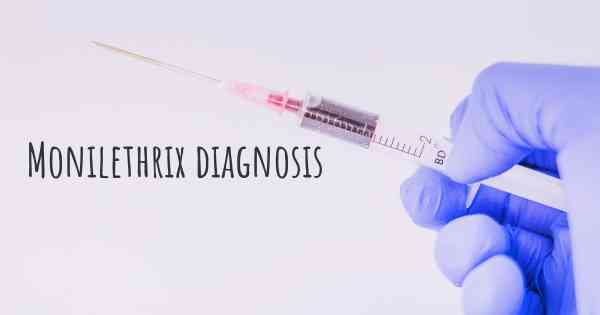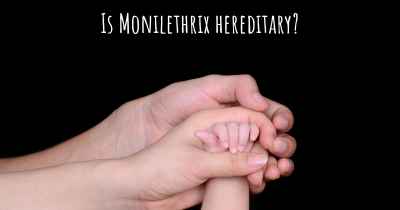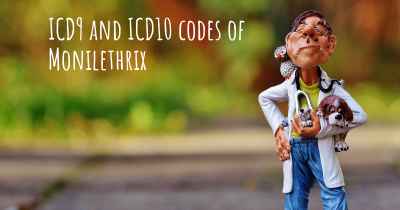How is Monilethrix diagnosed?
See how Monilethrix is diagnosed. Which specialists are essential to meet, what tests are needed and other useful information for the diagnosis of Monilethrix

Monilethrix is a rare genetic hair disorder characterized by the presence of fragile, beaded hair shafts that are prone to breakage. Diagnosing Monilethrix typically involves a combination of clinical evaluation, family history analysis, microscopic examination of hair samples, and genetic testing.
Clinical Evaluation
During a clinical evaluation, a dermatologist or a trichologist (hair specialist) will examine the patient's hair and scalp. They will look for characteristic signs of Monilethrix, such as short, brittle hairs, hair loss, and the presence of hair shaft abnormalities. The doctor may also assess the patient's medical history and ask about any family history of similar hair problems.
Microscopic Examination
A microscopic examination of the hair shafts is an essential step in diagnosing Monilethrix. The doctor will pluck a few hairs from the affected areas and examine them under a microscope. Monilethrix hairs typically show a beaded appearance, with constrictions at regular intervals along the shaft. These constrictions give the hair a necklace-like appearance, hence the name "Monilethrix" (monile = necklace, thrix = hair).
Genetic Testing
Genetic testing plays a crucial role in confirming the diagnosis of Monilethrix and identifying the specific genetic mutation responsible for the condition. This testing is typically done through a blood sample or a cheek swab. The sample is sent to a specialized laboratory where DNA sequencing techniques are used to analyze the patient's genes.
Genetic testing can help in:
- Confirming the diagnosis of Monilethrix
- Identifying the specific genetic mutation causing Monilethrix
- Assessing the risk of passing on the condition to future generations
- Providing genetic counseling and guidance for family planning
Family History Analysis
Monilethrix is an inherited condition, which means it can be passed down from parents to their children. Analyzing the family history is crucial in understanding the mode of inheritance and identifying affected individuals within the family. If multiple family members are affected by Monilethrix, it strengthens the suspicion of a genetic cause.
Other Considerations
It is important to note that Monilethrix can sometimes be misdiagnosed or confused with other hair disorders that share similar features. Conditions like Trichorrhexis Nodosa, Trichothiodystrophy, and Loose Anagen Syndrome may present with hair fragility and breakage. Therefore, a comprehensive evaluation by a qualified healthcare professional is necessary to differentiate Monilethrix from these conditions.
In summary, diagnosing Monilethrix involves a clinical evaluation, microscopic examination of hair samples, genetic testing, and analysis of the family history. Genetic testing is particularly important in confirming the diagnosis, identifying the specific genetic mutation, and providing valuable information for genetic counseling.
Posted Jul 10, 2017 by EMMA 600








